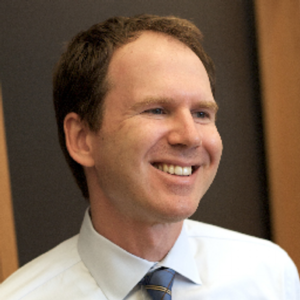
Benjamin Sachs is the Kestnbaum Professor of Labor and Industry at Harvard Law School and a leading expert in the field of labor law and labor relations. He is also faculty director of the Center for Labor and a Just Economy. Professor Sachs teaches courses in labor law, employment law, and law and social change, and his writing focuses on union organizing and unions in American politics. Prior to joining the Harvard faculty in 2008, Professor Sachs was the Joseph Goldstein Fellow at Yale Law School. From 2002-2006, he served as Assistant General Counsel of the Service Employees International Union (SEIU) in Washington, D.C. Professor Sachs graduated from Yale Law School in 1998, and served as a judicial law clerk to the Honorable Stephen Reinhardt of the United States Court of Appeals for the Ninth Circuit. His writing has appeared in the Harvard Law Review, the Yale Law Journal, the Columbia Law Review, the New York Times and elsewhere. Professor Sachs received the Yale Law School teaching award in 2007 and in 2013 received the Sacks-Freund Award for Teaching Excellence at Harvard Law School. He can be reached at [email protected].
David Streitfeld has a great story in the NYT this morning about life as an Uber driver and the vast distance between what drivers earn and what investors will reap from the firm’s public offering. Drivers: $40,000 in a good year of full time work. Investors: numbers that end in “million” and “billion.”
Travis Kalanick himself made $1.4 billion when he sold about 1/3 of his Uber shares to private investors two years ago. The Wall Street Journal estimates that Kalanick’s remaining share will be worth $6 billion. Uber co-founder Garrett Camp is looking at $4.5 billion. Logan Green, the CEO of Lyft, has a $623 million stake in that company.
These numbers are so big that it’s actually quite difficult to understand them. Here’s one way to think about it: It would take a driver more than 15,000 years – driving full time – to earn what Green did. It would take 150,000 years to get to Kalanick’s take.
These numbers and the story Streitfeld shares tell us a lot about the injustice of the gig economy. They should also serve as a permanent backdrop to any discussion of whether Uber (and Lyft) can afford to treat drivers as employees. Can a firm, whose CEO takes away $623 million dollars, really not afford to provide unemployment insurance or workers compensation to its drivers? These arguments have always seemed implausible. Now they are downright absurd.
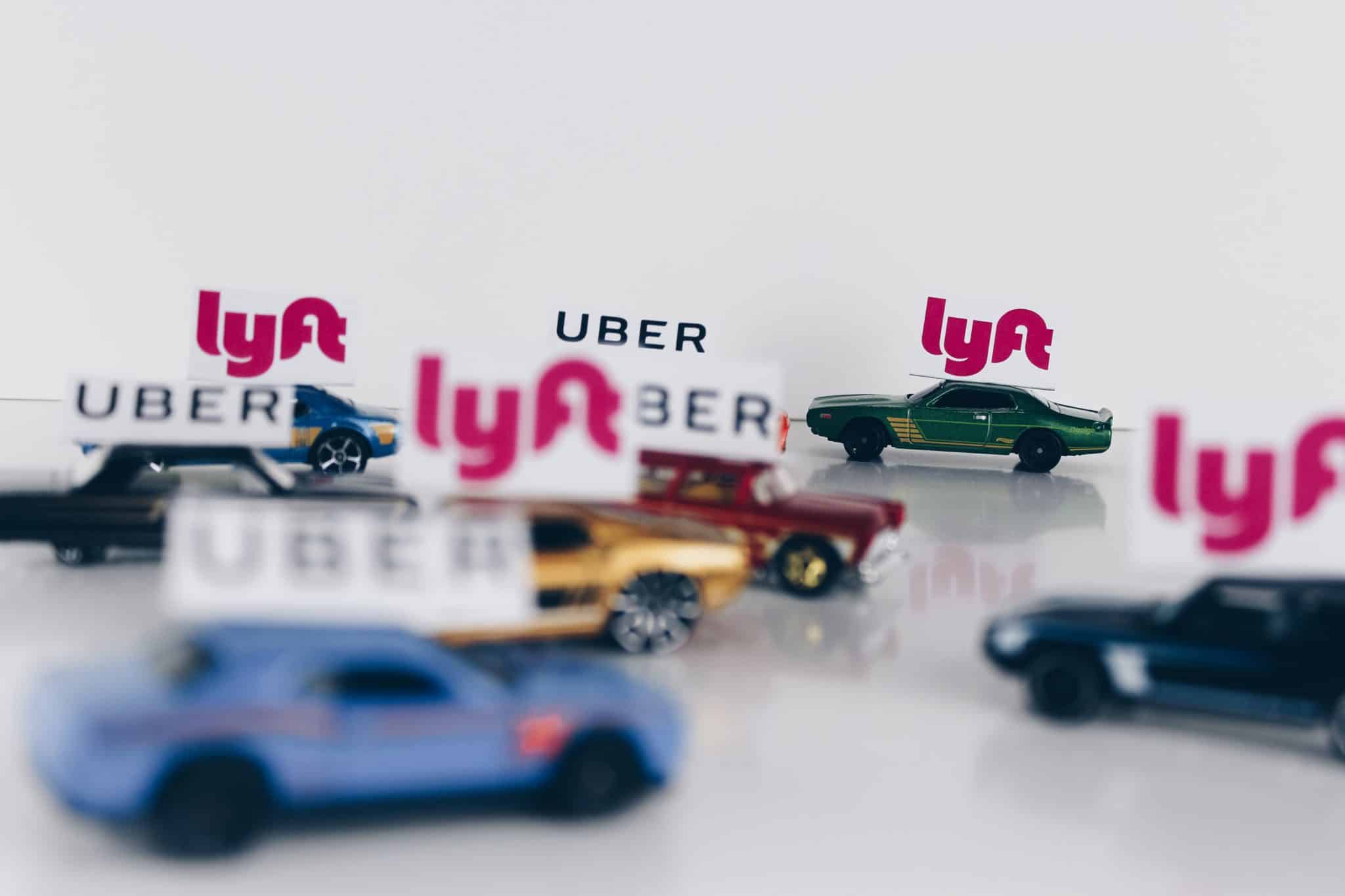
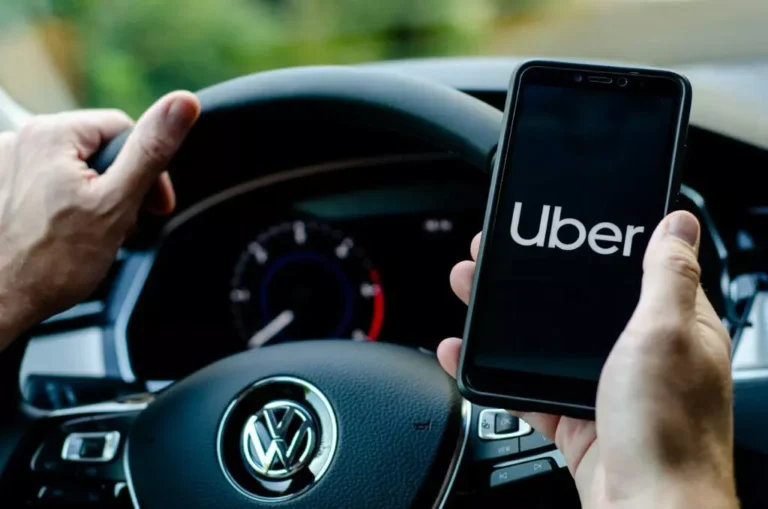

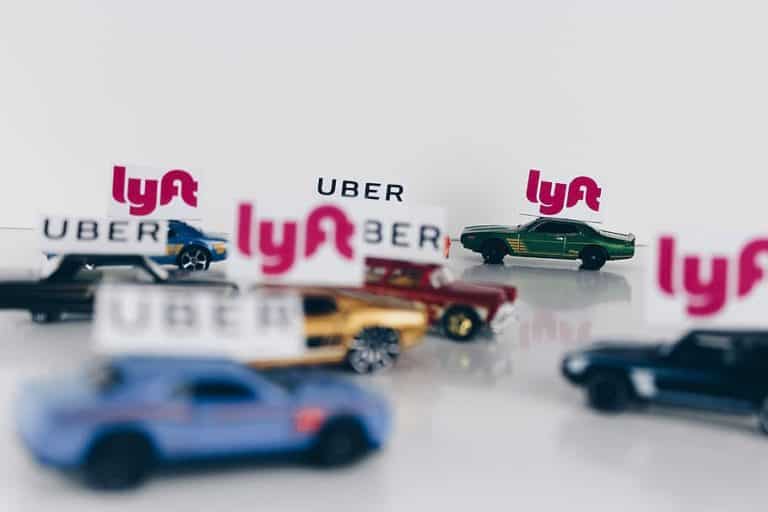




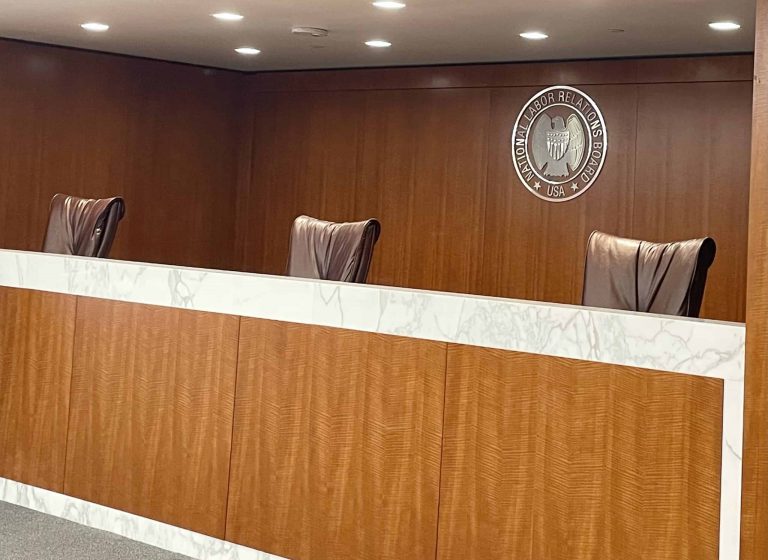

Daily News & Commentary
Start your day with our roundup of the latest labor developments. See all
December 22
Worker-friendly legislation enacted in New York; UW Professor wins free speech case; Trucking company ordered to pay $23 million to Teamsters.
December 21
Argentine unions march against labor law reform; WNBA players vote to authorize a strike; and the NLRB prepares to clear its backlog.
December 19
Labor law professors file an amici curiae and the NLRB regains quorum.
December 18
New Jersey adopts disparate impact rules; Teamsters oppose railroad merger; court pauses more shutdown layoffs.
December 17
The TSA suspends a labor union representing 47,000 officers for a second time; the Trump administration seeks to recruit over 1,000 artificial intelligence experts to the federal workforce; and the New York Times reports on the tumultuous changes that U.S. labor relations has seen over the past year.
December 16
Second Circuit affirms dismissal of former collegiate athletes’ antitrust suit; UPS will invest $120 million in truck-unloading robots; Sharon Block argues there are reasons for optimism about labor’s future.